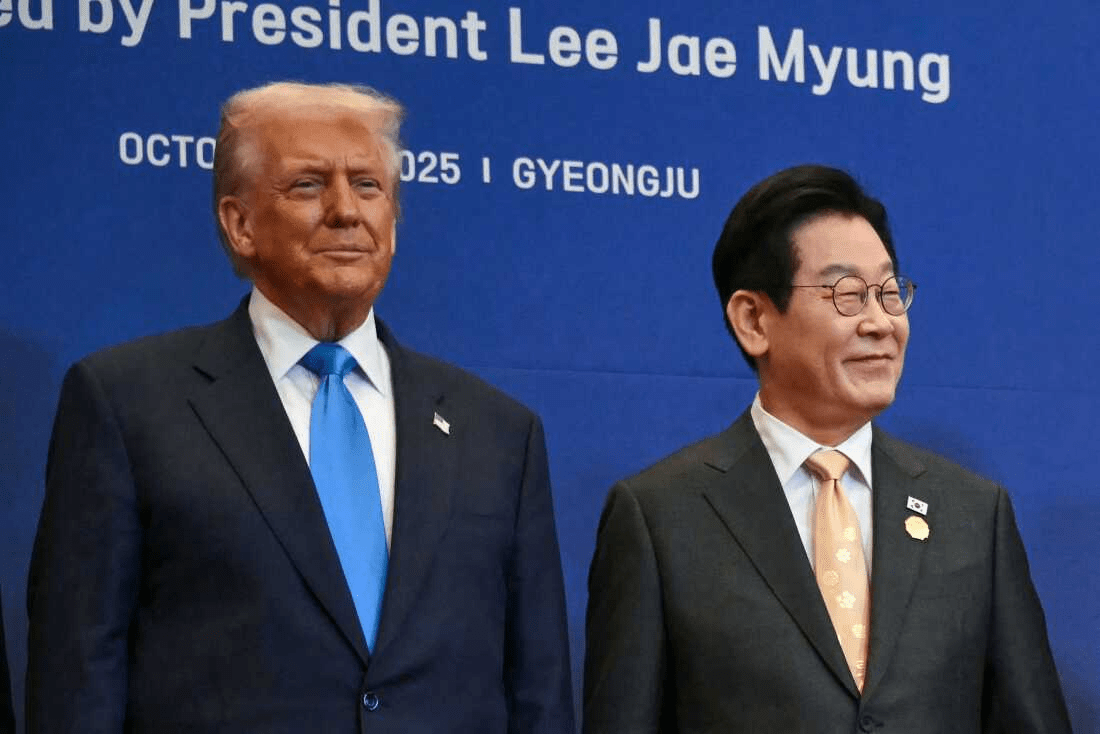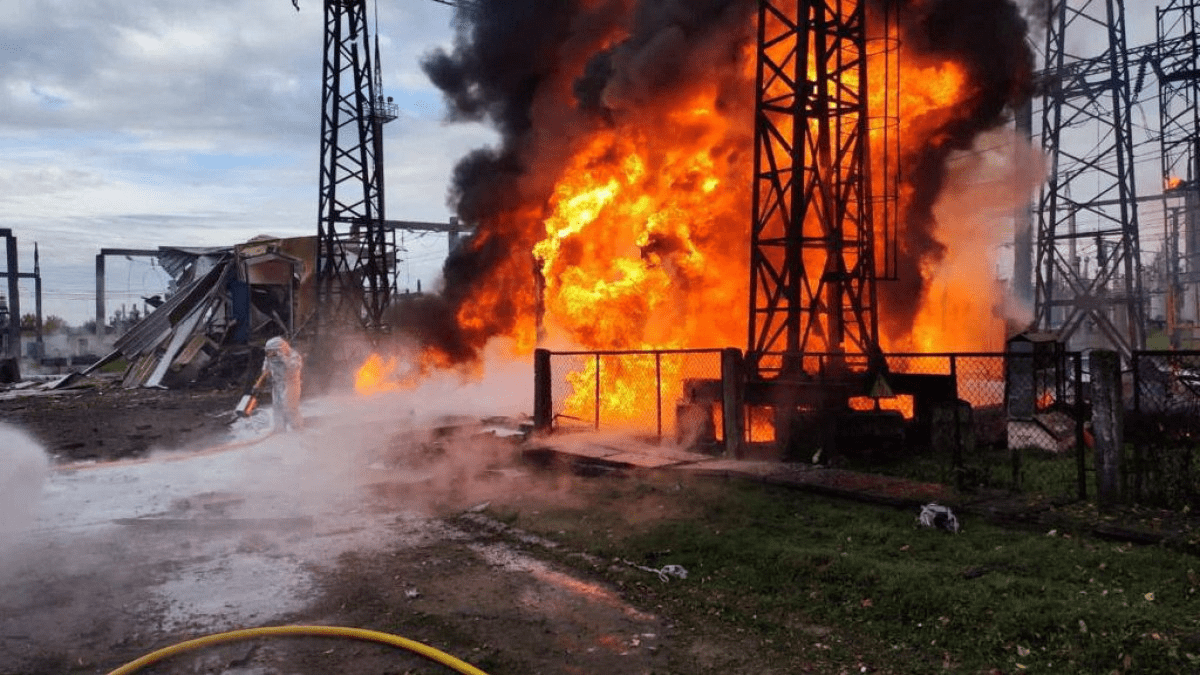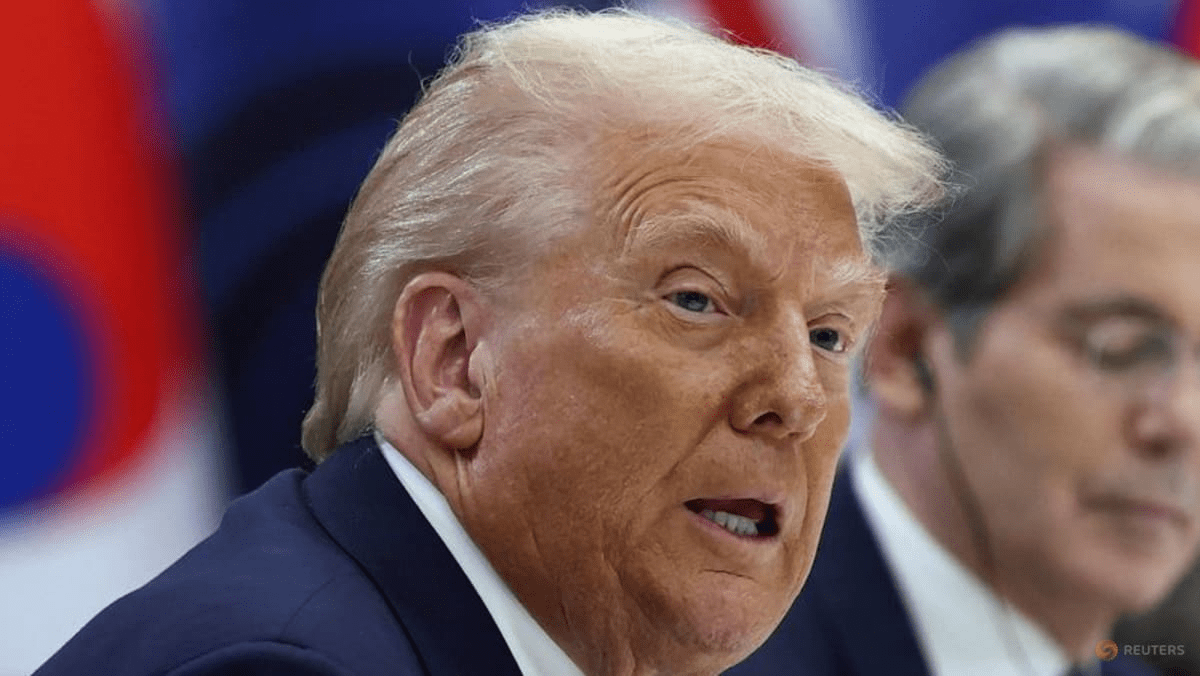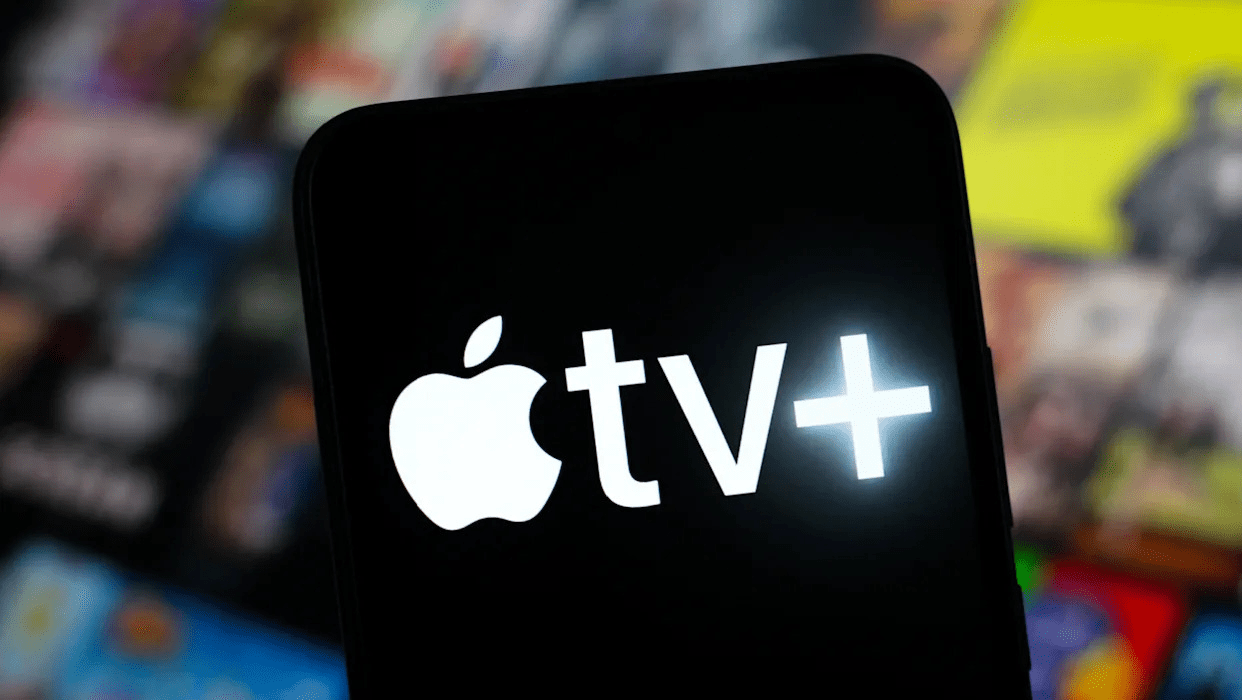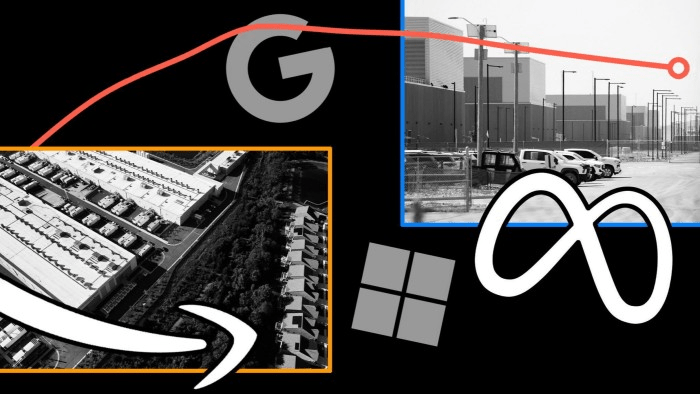Strategic shift and what it signals for Northeast Asia
U.S. President Donald Trump said Washington will share closely held nuclear propulsion know-how so South Korea can build a nuclear-powered attack submarine at Philadelphia’s Philly Shipyard. Seoul has long weighed options to counter advanced undersea threats from North Korea and to widen patrol ranges in contested waters. A nuclear boat would offer longer endurance, higher sustained speed, and fewer refueling constraints than diesel-electric designs. The announcement came alongside broader U.S.–Asia security and trade messaging following Trump’s meetings in Tokyo and Busan. For defense planners, the headline points to a tighter U.S.–ROK industrial and operational link, potentially including crew training, reactor safety standards, and logistics doctrines aligned with U.S. Navy practices. It also places South Korea among a small club exploring nuclear propulsion with American assistance, echoing the AUKUS framework while reflecting Seoul’s distinct threat environment and shipbuilding strengths under Hanwha’s growing U.S. footprint.
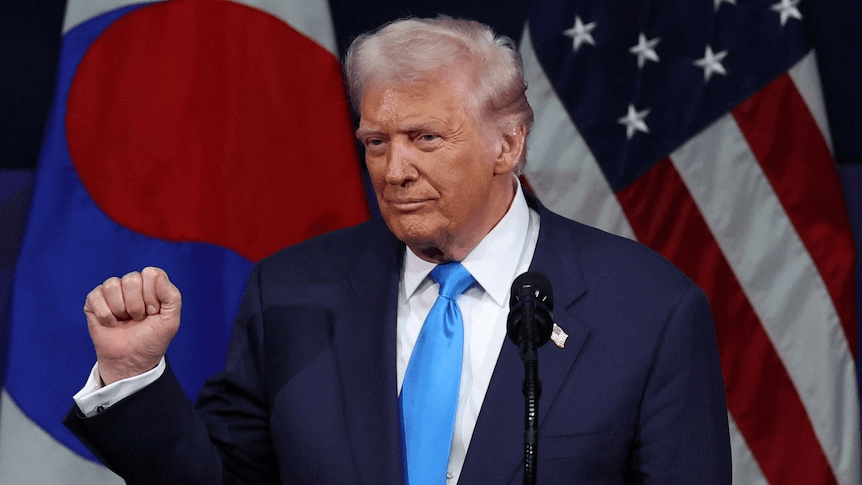
Constraints, questions, and regional implications
Key unknowns remain. Nuclear propulsion technology is tightly regulated, so any program will require guardrails to meet U.S. export controls and nonproliferation commitments. Timelines are also unclear—reactor integration, safety cases, and workforce pipelines typically take years, even for seasoned shipyards. Japan will watch closely: a ROK nuclear sub could alter patrol dynamics around key straits and anti-submarine warfare coordination with the Japan Maritime Self-Defense Force. China will likely criticize the move as militarization, while North Korea could cite it to justify further tests. For Washington, the calculus blends deterrence and industrial policy—anchoring advanced defense work in a U.S. yard while boosting allied capabilities. If realized, the project could spur new trilateral ASW exercises, shared acoustic data frameworks, and undersea surveillance investments across the first island chain. The political test will be sustaining consensus in Seoul and Washington as costs rise and technical risk surfaces, because aborted timelines would hand adversaries a narrative win.

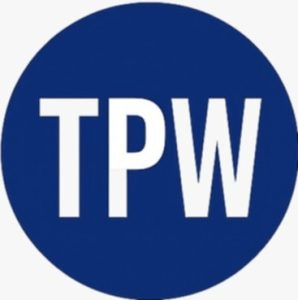 TPW DESK
TPW DESK 